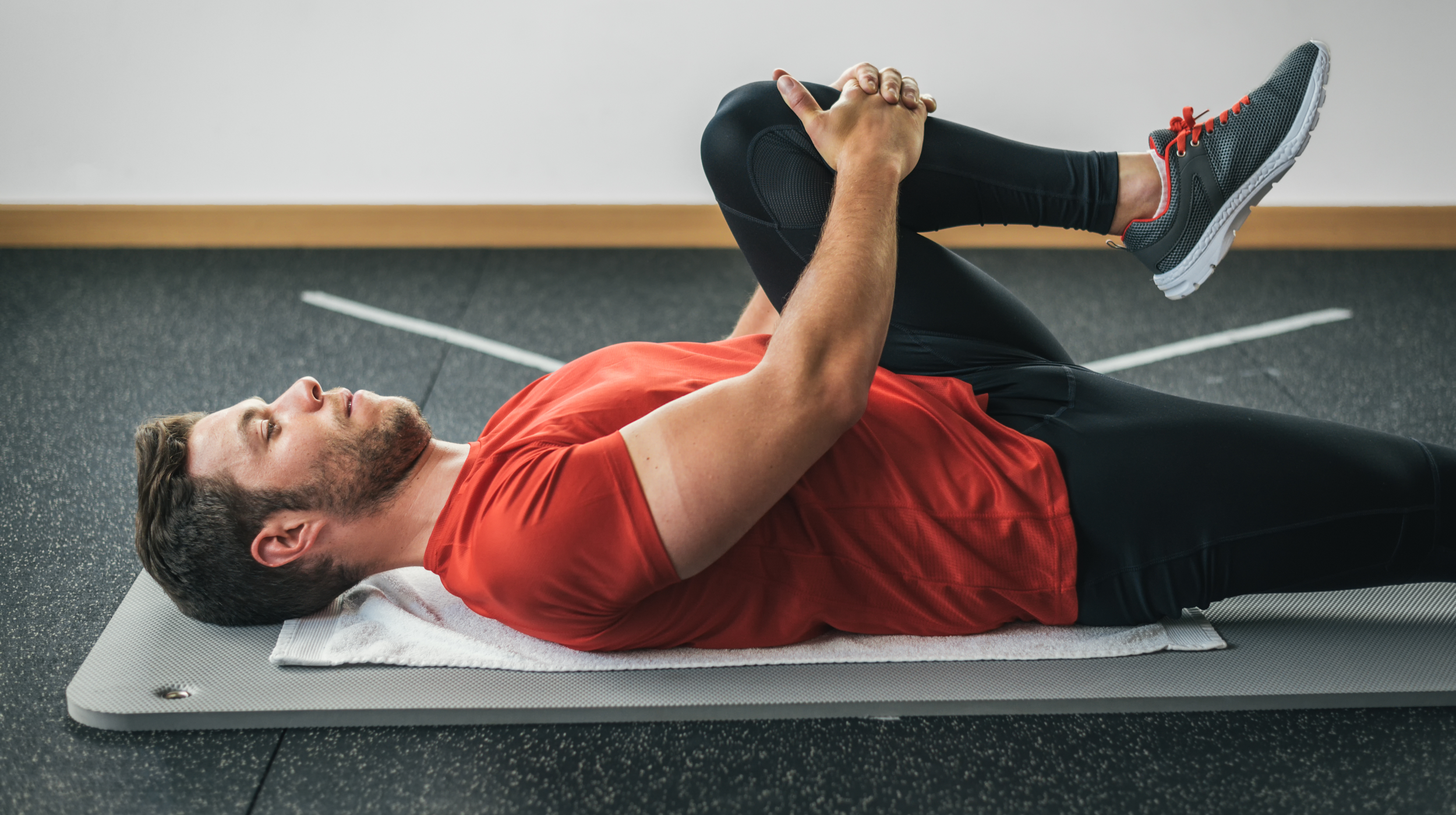The Importance of Mobility Training in Regards to Chronic Pain
Jun 29, 2021 mindpumpChronic pain means our body isn’t moving optimally. An area that was meant to keep you stable is now taking on extra load, and even if that’s only a little bit of load, multiplied over many days, that leads to a nagging pain. It’s a sign telling your body something isn’t right. Think of this as good news because now you know something is wrong and it needs to be fixed. Ignoring this information or saying “this is part of getting old” is just negligence. If your child was crying you wouldn’t say “oh that’s just part of being a kid”. You’d check to see what is wrong first, and go from there.
The Importance of Mobility
Under normal circumstances, you should be able to perform any every day task without pain. Your shoulders shouldn’t feel tight, your low back shouldn’t be in pain, and your knees shouldn’t hurt. We need to figure out the optimal movement patterns so that our body tracks properly in a way, so you won’t fall back into that same injury. A lot of people think if they just stretch a lot that’ll fix the problem. That’s really only the first step. If you can’t handle resistance throughout that full range, you are just putting yourself at a greater risk for injury.
Stretching and foam rolling are great, however they are only telling your central nervous system to quiet that pain signal in the aggravated area. It isn’t actually FIXING the problem. In order to fix it, you need to take that window where the pain signal is reduced, and incorporate mobility drills that will strengthen the right muscles. This will hit the root of the problem, teaching the muscle to function and activate when it is supposed to.
If we focus on doing mobility drills 10-15 minutes each day, or every other day, you will strengthen the imbalances in your muscular system, and get rid of that nagging pain. Remember, you spend MOST of your day sitting. When you are at work, watching TV, or driving in the car. You are hunched over, and causing all sorts of muscles to atrophy and not work optimally. Our bodies weren’t made to spend so much time in one position! It will cause certain muscles to be overactive, and others to not fire.
Spend more time focusing on the muscles that get neglected, and I promise you, if you focus on keeping your core strong, and glutes firing, your pain will disappear.
Understand The Joint By Joint Approach
Ankles = mobile, knees = stable, hips = mobile, low back = stable, thoracic = mobile, scapula = stable
If we understand this sequence, then you’ll realize if something that we know is meant to be stable starts to feel pain, that means it’s trying to be mobile and make up for the lack of mobility where it NEEDS to be happening (i.e. low back gets tight because our hips lack full range and it took on extra load it wasn’t meant to).
Guidelines for Addressing Mobility
I’ve mentioned this in other articles, but in case you haven’t read those I’ll add it below.
Identify the root – As mentioned before, look for areas that should be more mobile. It may be the ankles, hips, or shoulder joint. Low back pain is usually an issue in the hip, and a core stability issue. Figure out where you lack mobility and address it!
Prioritize Movements – Pick a couple mobility exercises to increase range of motion in the hips, ankles, or thoracic region and focus on those. Your overall goal is to address the weakest points first.
Regain Connection to the Muscle – By practicing these movements you are regrooving neural pathways to get these dormant muscles to fire again. You may also be taking muscles that are overactive (like the hip flexors) and getting them to be less active.
Frequency – Practice these daily! Multiple times a day! The more you practice them the better you’ll get and fix your bad movement patterns. Don’t stop once you get better either. It’s like maintaining a car. Be proactive about routine maintenance vs waiting for the problem to get worse!







